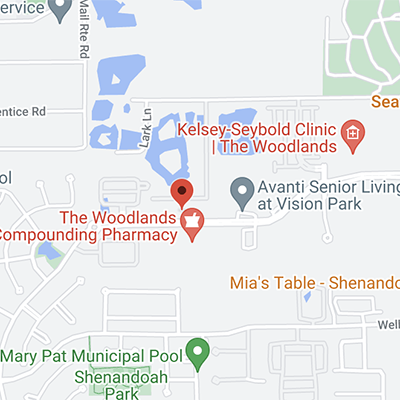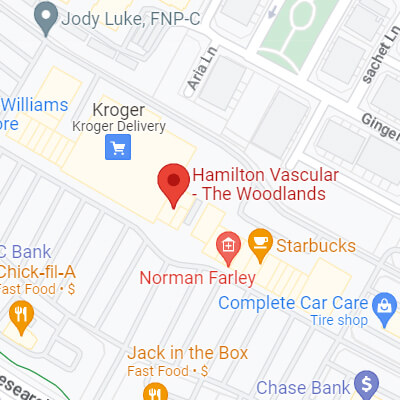
It’s not uncommon for patients with severe chronic wounds and sores on their legs, feet, or toes or seemingly untreatable leg pain caused by diseased arteries to be told by doctors that leg amputation is the only answer. Sadly, there are currently more than 2 million Americans living with limb loss. Among those, the main causes are vascular diseases such as peripheral arterial disease (PAD) and diabetes that, if recognized and treated properly by a vascular specialist, could prevent leg amputation altogether.
Having a limb surgically removed may be necessary in some cases. But if this is the diagnosis you or a loved one is facing, seek a second opinion. Vascular interventional radiologists like the experts at Hamilton Vascular want to prevent leg amputation and promote limb salvage when possible, by treating the underlying conditions that cause diseased arteries. Doing so significantly increases the odds of limb salvage for patients who were told amputation was the only answer.

Preventing Leg Amputation Is Possible Even with These Symptoms
- Chronic wounds and open sores that won’t heal
- Debilitating leg pain while walking
- Skin color and texture changes in legs and feet
- Rash and leg hair loss
- Dry, scaly, flaky, itchy, or leathery skin
- Skin that is warm to the touch
- Aching in feet or toes when resting
- No pulse or weak pulse in legs and feet
- Cold legs and feet
Have questions about options to prevent leg amputation? Call 254-279-5575 in Austin area, 832-772-5557 in Houston area, 210-934-3613 in San Antonio to schedule a consultation with Hamilton Vascular’s expert physicians.
What Is Peripheral Arterial Disease (PAD)?
Peripheral arterial disease (PAD) affects approximately 6.5 million people age 40 and older. It is characterized by a plaque buildup on the walls of the major blood vessels or arteries, causing them to narrow and lead to poor blood circulation to the kidneys, intestines, arms, legs, and feet. As a result, tissue and nerve injury or damage can occur.
The problem is that PAD symptoms aren’t as recognizable as, say, a heart attack. Therefore, many people don’t know they have it until it’s too late. The sluggish blood flow caused by PAD can start without symptoms. In fact, up to 4 in 10 people with PAD have no leg pain. The rest experience pain, aches, or cramps in one or both legs and feet and eventually can cause tissue death (gangrene) and the threat of leg amputation.
A few of the steps patients take to reduce risk factors for PAD include exercising, avoiding smoking, and eating healthier meals. Medications that lower blood pressure and cholesterol are also an important element to any amputation prevention plan. However, if left untreated, you could reach a state of “no blood flow,” which could put you at risk for leg amputation.
Causes of PAD include:
- Smoking
- Diabetes
- High cholesterol levels
- Obesity
- Cardiovascular disease
- Having a relative with a history of heart disease
- High blood pressure
Ways to Treat PAD and Prevent Leg Amputation
If your doctor tells you that the only option for your situation is leg amputation, it is advisable to seek a second opinion. Sometimes there are ways to prevent leg amputation—even for patients who are at an advanced stage—by clearing blockages in the arteries and veins and removing plaque that is causing decreased blood flow.
Here are a few minimally invasive treatments our expert physicians provide that can dramatically increase blood flow.
1. Angioplasty
This procedure uses a balloon system to open up narrowed or blocked arteries and is one of the first procedures recommended to PAD patients. Your doctor will insert a catheter into the body through a small incision and advance it to the affected artery.
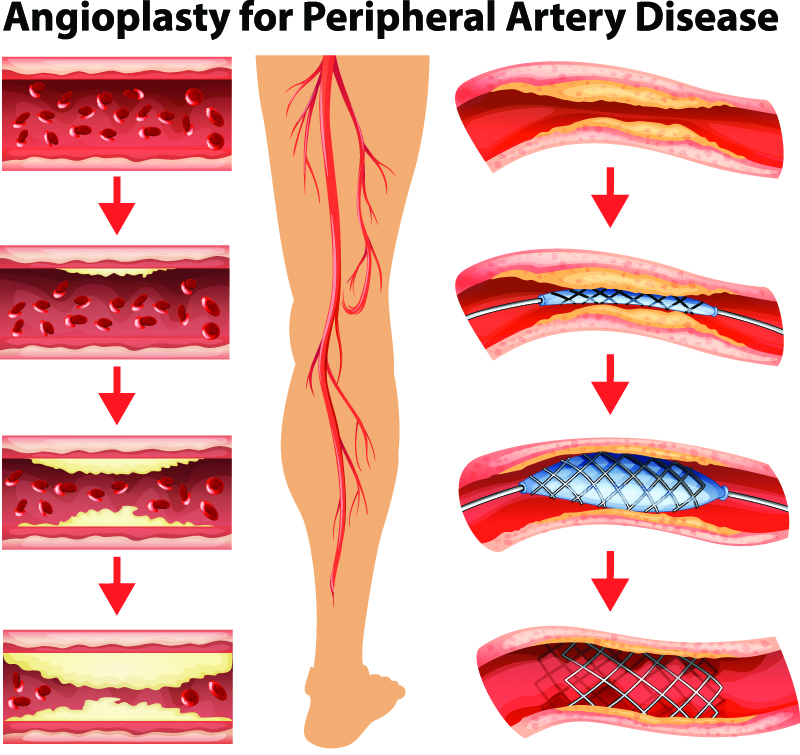
2. Atherectomy
Rather than a balloon system, an atherectomy uses advanced laser technology to clear away plaque and any additional buildup of deposits on large blood vessels. An atherectomy can be performed by itself or in combination with angioplasty and stunting.
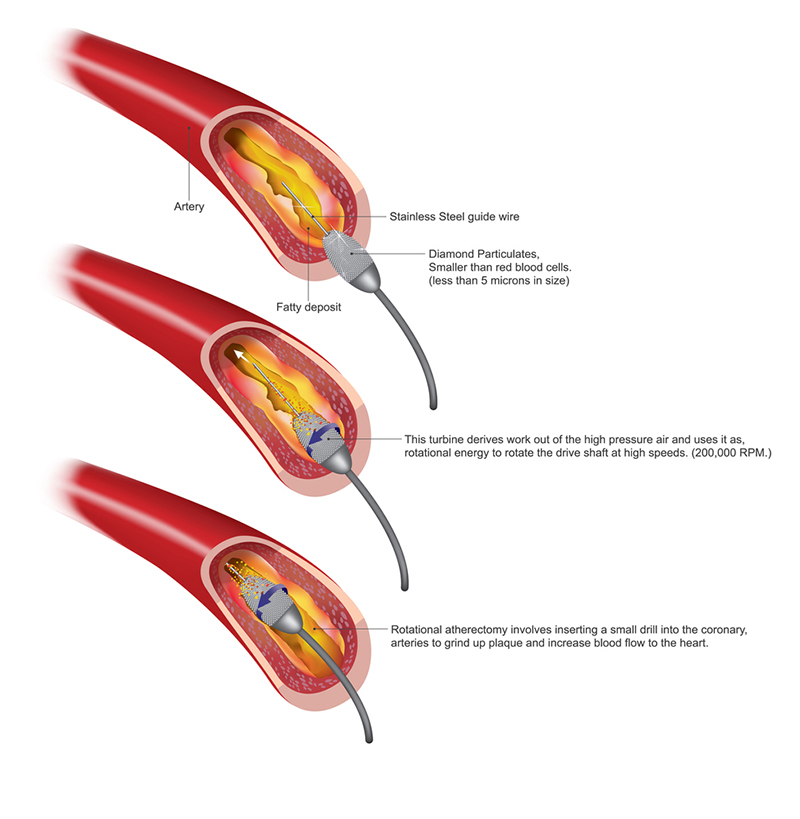
3. Stenting
Stenting involves using a small mesh tube to keep a closed-off blood vessel open for the long term. This allows oxygenated blood to easily flow from the heart throughout the body and significantly reduces the chances of a blockage reoccurring.
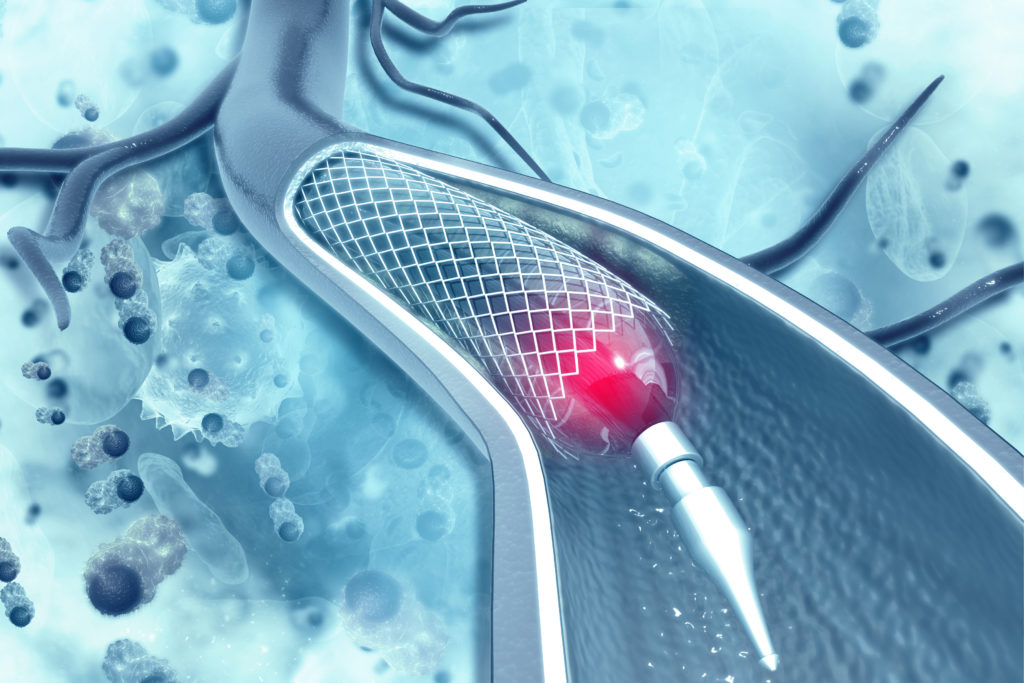
Many patients experience relief after realizing limb salvage is possible.
Hamilton Vascular Wants to Help You Avoid Leg Amputation
While leg amputation is the only option for many patients, it doesn’t have to be for everyone. By treating the underlying causes of your leg pain and chronic wounds—which may be due to vascular diseases like PAD—we can prevent leg amputation in many cases and give our patients a new lease on life.
Our expert doctors and caring staff at Hamilton Vascular utilize the latest technologies and minimally invasive procedures to help our patients with a variety of vein and artery diseases. The vascular physicians at Hamilton are board-certified diagnostic radiologists with additional fellowship training in vascular and interventional radiology.
Request an appointment for a vascular disease evaluation to discuss your options. For a consultation with one of our expert doctors, please contact us at 254-279-5575 in Austin area, 832-772-5557 in Houston area, 210-934-3613 in San Antonio or complete the appointment form.
This information is not a substitute for professional medical advice. Prior to starting any new treatment or questions regarding a medical condition, always seek the advice of your doctor or other qualified health provider.

Best Vascular Doctors
Are you looking for expert vascular doctors in Austin, Houston, or San Antonio? If you are ready for pain-free legs, you’ve found the right place. Hamilton Vascular, with a team of vascular specialists in southern Texas, strives to deliver innovative, effective, safe, and compassionate medical care.
Enjoy your life, free from:

- Aching or Pain in Legs
- Tired or Heavy Legs
- Leg Cramping
- Itching or Burning Legs
- Leg Restlessness
- Ankle & Leg Swelling
- Leg or Foot Ulcers
- Skin Discoloration
- Venous Stasis Dermatitis
- Phlebitis
At Hamilton Vascular, our specialists are experts at diagnosing, treating and reversing leg pain caused by vascular issues.
Call 254-279-5575 in Austin area, 832-772-5557 in Houston area, 210-934-3613 in San Antonio
CONSULTATION TODAY!
Why do patients appreciate Hamilton Vascular?
Avoid Surgery • No Hospital
Safe, Easy, Effective • Fast Recovery
Caring, Compassionate Specialists
Comfortable In-Office Procedures
High Success Rate Treatment
5-Star Doctors Based on Patient Reviews
Covered by Medicare and Most Medical Insurance
EXPERTS IN VASCULAR VEIN and ARTERY TREATMENT
At Hamilton, we provide comprehensive vascular, artery and vein care. Our multi-disciplinary board-certified team of physicians offer a solution-oriented approach. As the leaders in venous disease and vein disease diagnosis and treatment, we focus on minimally invasive procedures and surgeries that are the safest and most effective for patients.
With multiple South Texas locations, Hamilton physicians are committed to delivering outstanding medical care with compassion and concern for all our patients.
Have questions about varicose vein treatment, chronic venous insufficiency, DVT, diabetes vascular disease, peripheral arterial disease, or any other vascular disease? Feeling leg pain or cramping, burning/itching legs, or restless legs? Schedule your consultation with the best board-certified vascular and interventional radiology doctors in Houston, Austin, and San Antonio.

Call today to schedule your appointment: 254-279-5575 in Austin area, 832-772-5557 in Houston area, 210-934-3613 in San Antonio


